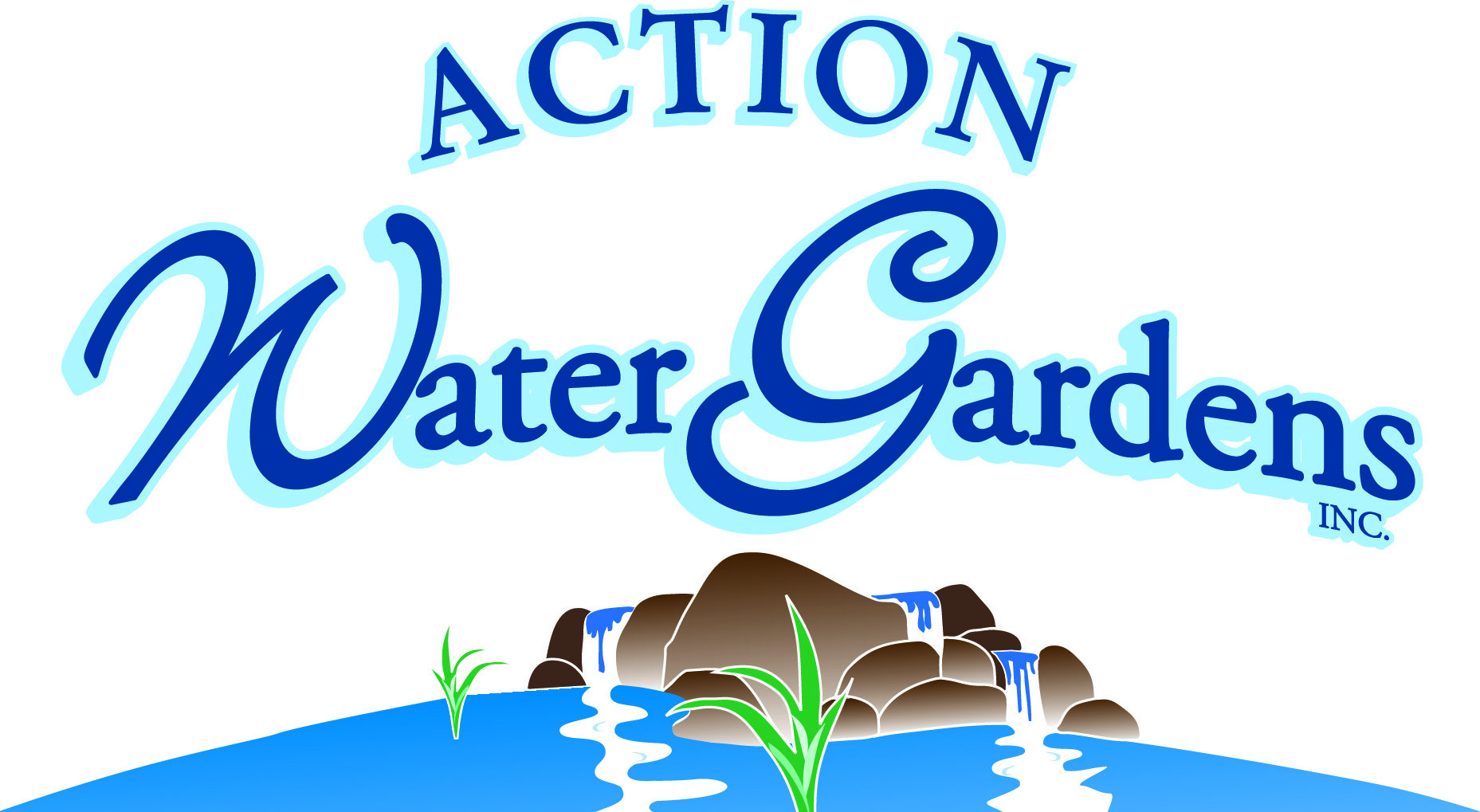Cold Water Tips
The leaves are changing and the air is getting crisp which means fall us upon us and you might be wondering how to prepare your water feature for the season. In this article we talk about the essentials for maintaining a water feature during this fall season.
Cold Water Bacteria
Since winter is on its way it’s best to treat your pond with Aquascape Cold Water Beneficial Bacteria. Cold Water Bacteria is just like our Beneficial Bacteria but it’s simply just used for the fall and winter months. Aquascape Cold Water Beneficial Bacteria contains 7 pure strains of concentrated beneficial bacteria that go to work quickly cleaning and balancing your ornamental pond.
Here are some quick facts:
Works at temperatures below 50F
Aquascape Cold Water Beneficial Bacteria maintains a strong biological balance providing clean, clear and healthy water conditions.
Maintains a balanced ecosystem
Reduces pond maintenance
Reduces ammonia, nitrite and organic debris
Safe for fish, plants or animals that may drink pond water
Contains marigold and vitamin B
Cold Water Fish Food
Fish are among many animals that hibernate during the cold seasons. To prepare them for their winter slumber, it is a good idea to switch from your regular fish food to cold water fish food once the water drops to 60 degrees and below. As the autumn temperatures drop, fish feeding should also slow down. Gradually change to fish food with less protein and decrease feeding frequencies as fish activity slows. Aquascape Premium Cold Water Fish Food Pellets have been scientifically formulated to provide premium nutrition to all pond fish including goldfish and koi at colder water temperatures. The inclusion of Spirulina and Wheat Germ helps make the food easier to digest at colder temperatures as well as assimilate essential micronutrients. When water temperatures are below 50 degrees, the fish will begin to hibernate and all feeding should stop.
Here are some quick facts:
Contains wheat germ, making it ideal for use in water as cold as 50 degrees
Probiotics aid in digestion and reduction of fish waste
Contains stabilized vitamin C
Will not break apart and cloud water; keeps pond water clean and clear
Trimming Yellow and Brown Foliage
While delicate pond plants should be considered annuals and will not survive the winter, hardy varieties can be overwintered in deep water. Before moving them to the deepest part of the pond, trim dead or damaged foliage to minimize decay that will contaminate the water. To keep your fish and plants healthy through the winter and make it easier for the pond to regenerate in spring, clean it thoroughly in fall. This includes removing excess debris and sludge, trimming adjacent landscaping and making any necessary repairs. When leaves fall into the water, they gradually decay and ammonia levels will rise. If the water has a high ammonia concentration, it can be toxic and even fatal to fish. Skim leaves off the pond regularly, or install a net at least 15-18 inches above the water to catch leaves.
Just follow these simple steps and you will be able to cut fall maintenance time for your water feature in half. Simply net your pond, people. It’s cheap, it’s easy, it’s quick and very much a huge money and time saver later on. The crew at Action would be more than happy to help.
